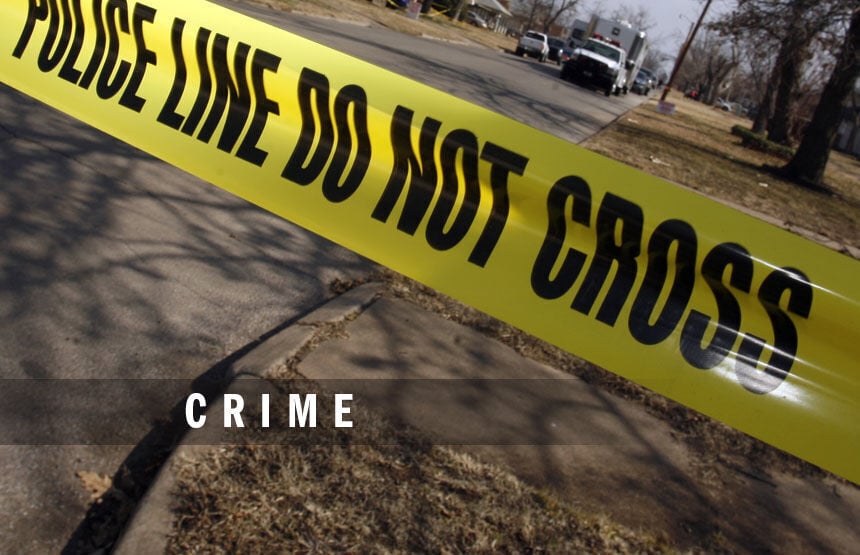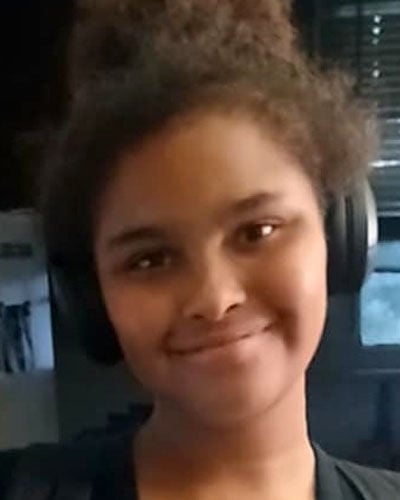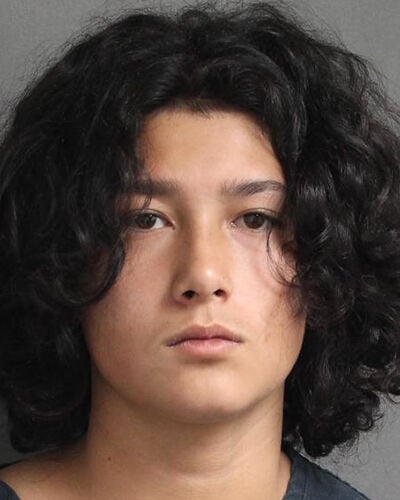The tragic case of 15-year-old Natalie Rupnow from Madison, Wisconsin, reveals how extremist online communities can radicalize vulnerable youth, leading to real-world violence. Investigations show her deep immersion in platforms that glorify school shootings and promote white supremacist ideologies.
Wisconsin school shooter appears to have fallen into extremist world online
Key Takeaways:
- Online Radicalization of Youth: A teenager’s descent into extremism through social media platforms.
- Extremist Platforms Facilitate Violence: Use of Telegram and Discord in sharing violent content and plans.
- Challenges in Detecting Threats: Hidden online warning signs complicate prevention efforts.
- Importance of Parental Oversight: The crucial role parents play in monitoring online activities.
- Need for Effective School Threat Assessments: Schools’ responsibility in identifying and managing potential threats.
Inside the Online World of a Teen School Shooter
A Digital Descent into Extremism
Fifteen-year-old Natalie Rupnow of Madison, Wisconsin, wasn’t just an average high school student. Social media accounts believed to belong to her reveal a troubling immersion in some of the darkest corners of the Internet—spaces where school shooters are glorified, violent content is freely shared, and white supremacist beliefs flourish.
Unveiling the Extremist Connections
Investigators from the Anti-Defamation League (ADL) have uncovered evidence suggesting Rupnow participated in “a very sparsely populated” chat on Telegram . In this chat, a Turkish neo-Nazi shared a racist manifesto before carrying out an attack where five people were stabbed outside a mosque in August. The ADL’s researchers noted that other users shared a livestream of the attack, with Rupnow reportedly commenting on it.
Further, the ADL discovered a TikTok account posting white supremacist and antisemitic memes, geolocated to Rupnow’s residence on Madison’s North Side. These findings point to a pattern of engagement with extremist content online.
The Role of Social Media in Radicalization
” You can be in touch with somebody around the world who shares your ideas, and that tends to normalize what you’re about to do, ” says Mary Ellen O’Toole , a former FBI agent who began profiling school shooters in the mid-1990s. Unlike other criminals, school shooters often seek inspiration and community online, creating echo chambers that reinforce their violent intentions.
A 2023 study involving 44 mass shootings found that perpetrators utilizing social media tended to be younger, more meticulous in planning, inflicted higher casualties, and were more likely to be motivated by racism.
Warning Signs and Missed Opportunities
Despite the alarming online activities, recognizing and acting upon these warning signs remains a challenge. On the Tuesday preceding the incident, a 20-year-old California man admitted to messaging Rupnow about his own plans to attack a government building. The FBI intercepted these messages, leading to an emergency protective order under California’s gun red flag law.
However, as Emilie Ney , director of professional development for the National Association of School Psychologists, notes, parents and authorities often overlook or underestimate such online behaviors. “They don’t think that their child is actually going to go and do this,” Ney explains, highlighting a gap in perception and response.
The Crucial Role of Parents and Schools
Parental involvement is key to prevention. Ney advises that parents establish clear guidelines for social media use and respond proportionately to any rule-breaking. Completely restricting access might exacerbate the problem, pushing the behavior further underground.
In schools, formal threat assessment protocols are essential. ” Often a student is experiencing a problem or stress that the teams can address and thereby reduce the risk of violence, ” says Dewey Cornell , a professor at the University of Virginia and pioneer in school threat assessment. According to Cornell, about 80% of reported threats are not serious, with only a small fraction requiring significant intervention.
Moving Forward: A Collective Responsibility
The Wisconsin Department of Justice’s Office of School Safety has proactively trained over 8,000 individuals in behavioral threat assessments, emphasizing a collaborative approach between educators, mental health professionals, and law enforcement. ” We can’t limit our behavioral threat assessment management intervention to only when a student makes a threat. We have to look at it more broadly, ” asserts state School Safety Director Trish Kilpin .
The case of Natalie Rupnow serves as a stark reminder of the pervasive influence of extremist online communities and the vital need for vigilance and proactive measures to protect youth and society at large.











